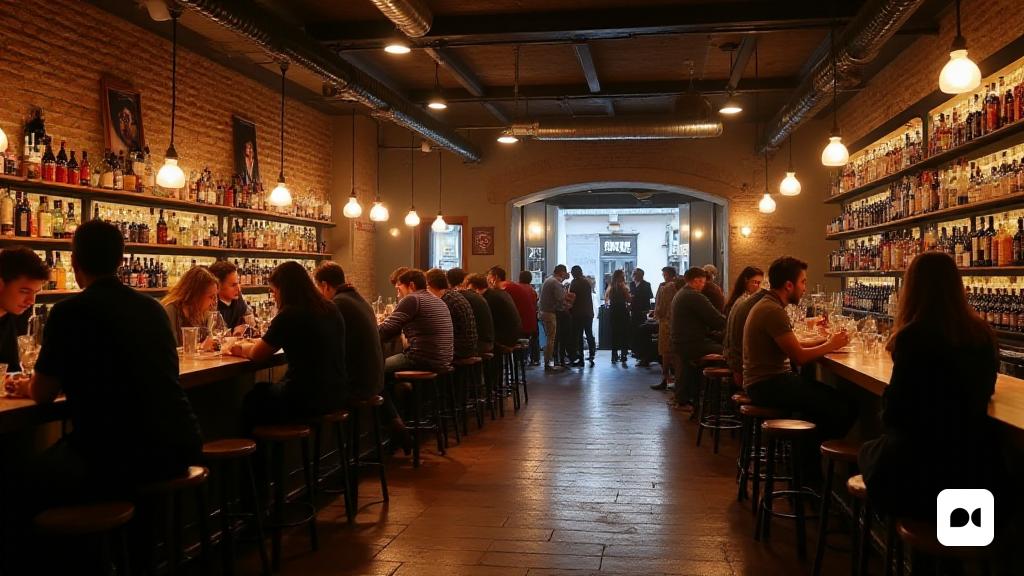The debut of the low-emission zone in Granollers
Granollers has begun its testing phase for the low emission zone (ZBE), an initiative that seeks to tackle urban pollution. However, the effectiveness of this measure is questioned, as the restrictions will only be applied in exceptional situations of nitrogen dioxide pollution, a phenomenon that has not been recorded in the last ten years.
Limited restrictions and local concerns
The current limitations of the Granollers ZBE exclude from sanctions those polluting vehicles that are within the delimited areas, including the owners who reside on the affected streets. This situation raises doubts about the real impact that the initiative will have in improving the city’s air quality.
European pressure and the local dilemma
The creation of low-emission zones is a requirement imposed by the European Union for cities with more than 50,000 inhabitants before 2025. This regulation has generated intense debate among the cities of Catalonia, including Granollers and Mollet, which are in a complicated position: they must comply with European guidelines, but without having the same resources as large metropolises.
The role of municipalities in the implementation of ZBEs
Local governments face a considerable challenge in implementing measures that could be poorly received by citizens, while having to manage tight budgets. The need for deadlines for the implementation of ZBEs is obvious, but the lack of adequate resources is an obstacle that cannot be ignored.
Alternatives to Private Vehicle and Shared Liability
One of the most critical points is the availability of alternatives to the private vehicle. Do Granollers and Mollet have a public transport network comparable to that of Barcelona? Without clear answers to these questions, the effectiveness of the low emission zones will be compromised. The responsibility does not lie solely with the city councils; the Generalitat and the Spanish government must collaborate to ensure that there are viable options for citizens.
A future with cleaner air
The challenge of improving air quality is urgent, both for public health and to tackle the climate crisis. Low emission zones can be a key part of the solution, but their success will depend on their equitable and reasonable implementation, as well as adequate support from the competent authorities.

